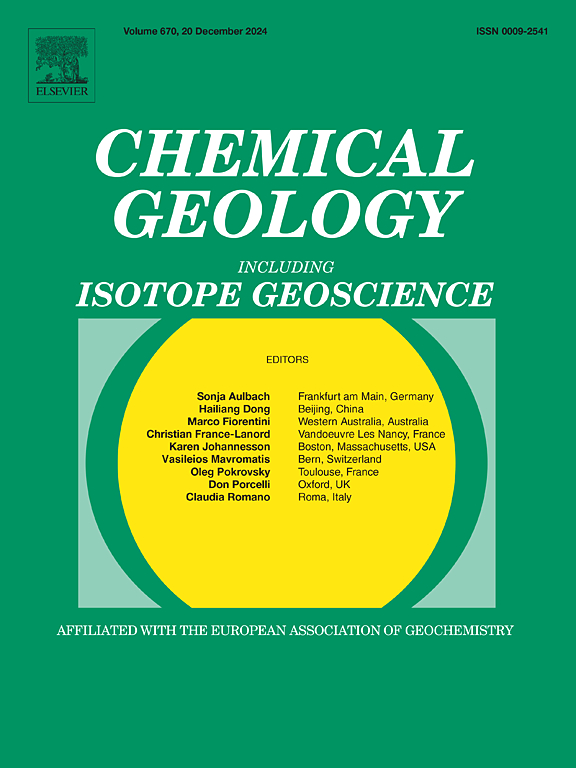Anoxic-oxic interfaces that occur in lake sediments serve as hotspots for CO
2 production. Traditionally, in lake sediments, the oxidative production of CO
2 has been primarily attributed to microbial mechanisms. Although abiotic formation of hydroxyl radicals (
![]()
OH) can oxidize organic carbon to CO
2 in soils, the specific role of
![]()
OH in CO
2 production and its spatial distribution remains unexplored in lake sediments. Particularly, the underlying mechanism of CO
2 production from lake sediments during the anoxic-oxic transition is lacking. Here, by integrating field measurements, laboratory incubations, and advanced characterizations, we provide compelling evidence that the coupled iron‑carbon cycles drive the extensive CO
2 production during oxygenation. Surface-adsorbed Fe(II) and structural Fe(II) in sediments are the major drivers of CO
2 production. CO
2 production exhibited significant spatial variabilities across the watershed, with shallow sediments displaying higher CO
2 production due to the abundant Fe(II). The spatial distribution of CO
2 closely mirrors that of
![]()
OH generated from Fe(II) oxygenation, with
![]()
OH accounting for a CO
2 flux of 95.61 g C m
−2 d
−1. Spectroscopic and microscopic characterizations reveal that
![]()
OH-mediated carboxyl addition initiates the ring opening of aromatic structures, leading to their depolymerization, demethoxylation, and fragmentation, ultimately producing condensed aromatic compounds and CO
2. Besides,
![]()
OH facilitates the oxidative decomposition of larger macromolecules to bioavailable low-molecular-weight acids. Altogether, we propose that the Fe(II)-driven
![]()
OH formation represents a previously unrecognized and prevalent abiotic mechanism of CO
2 production in lake sediments. This new knowledge is valuable for improving the ability to predict CO
2 emissions at hotpots.



